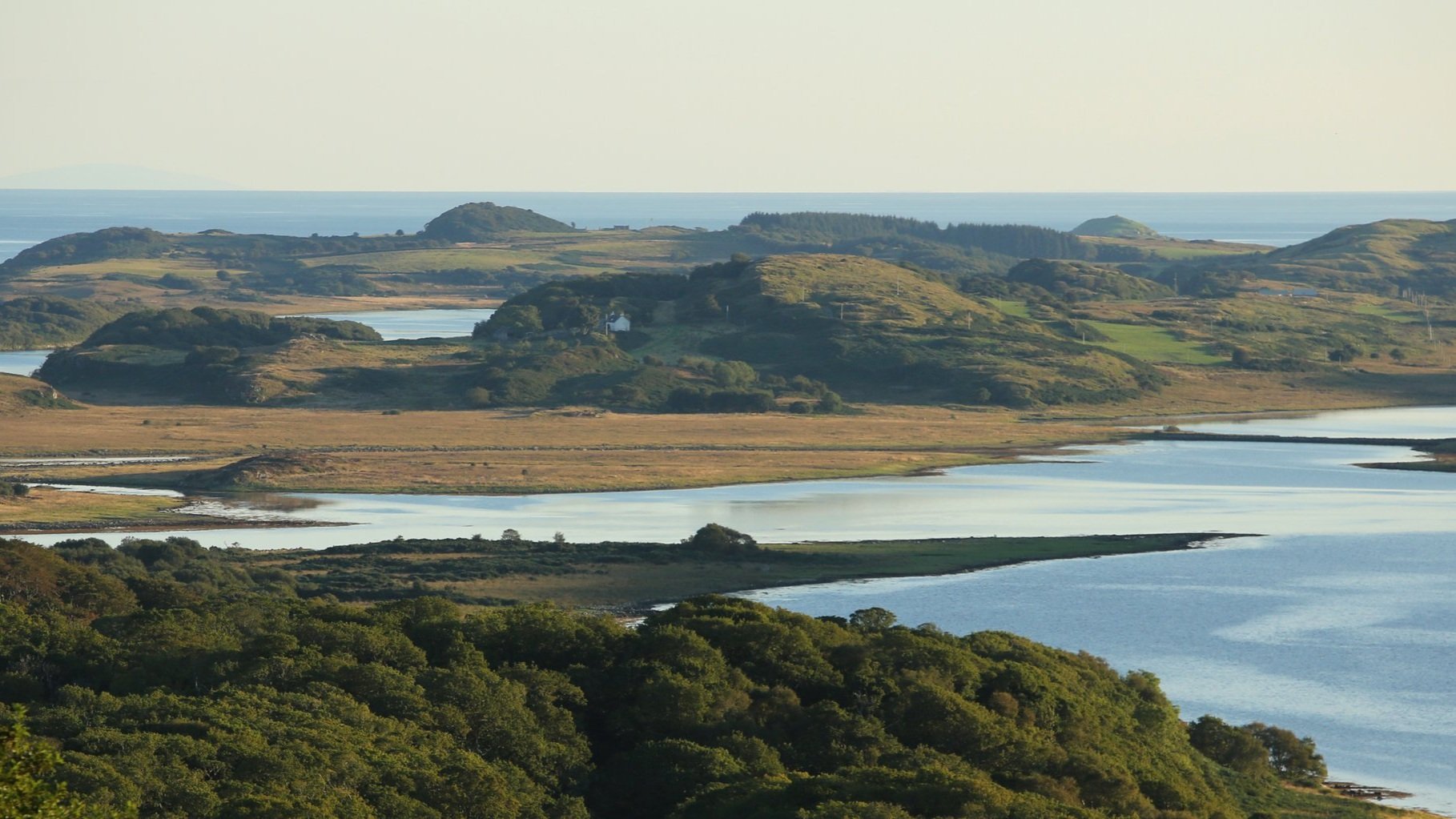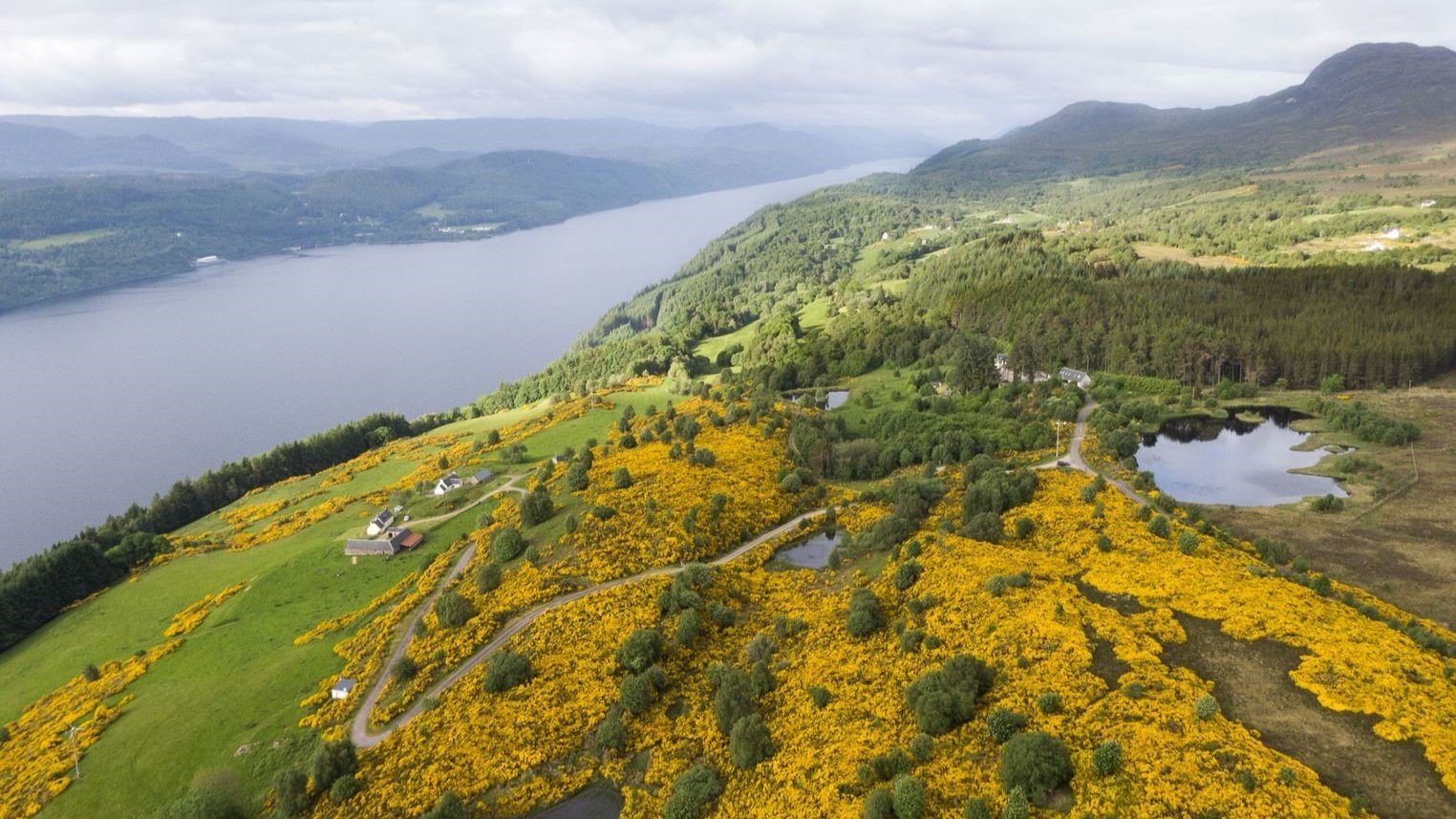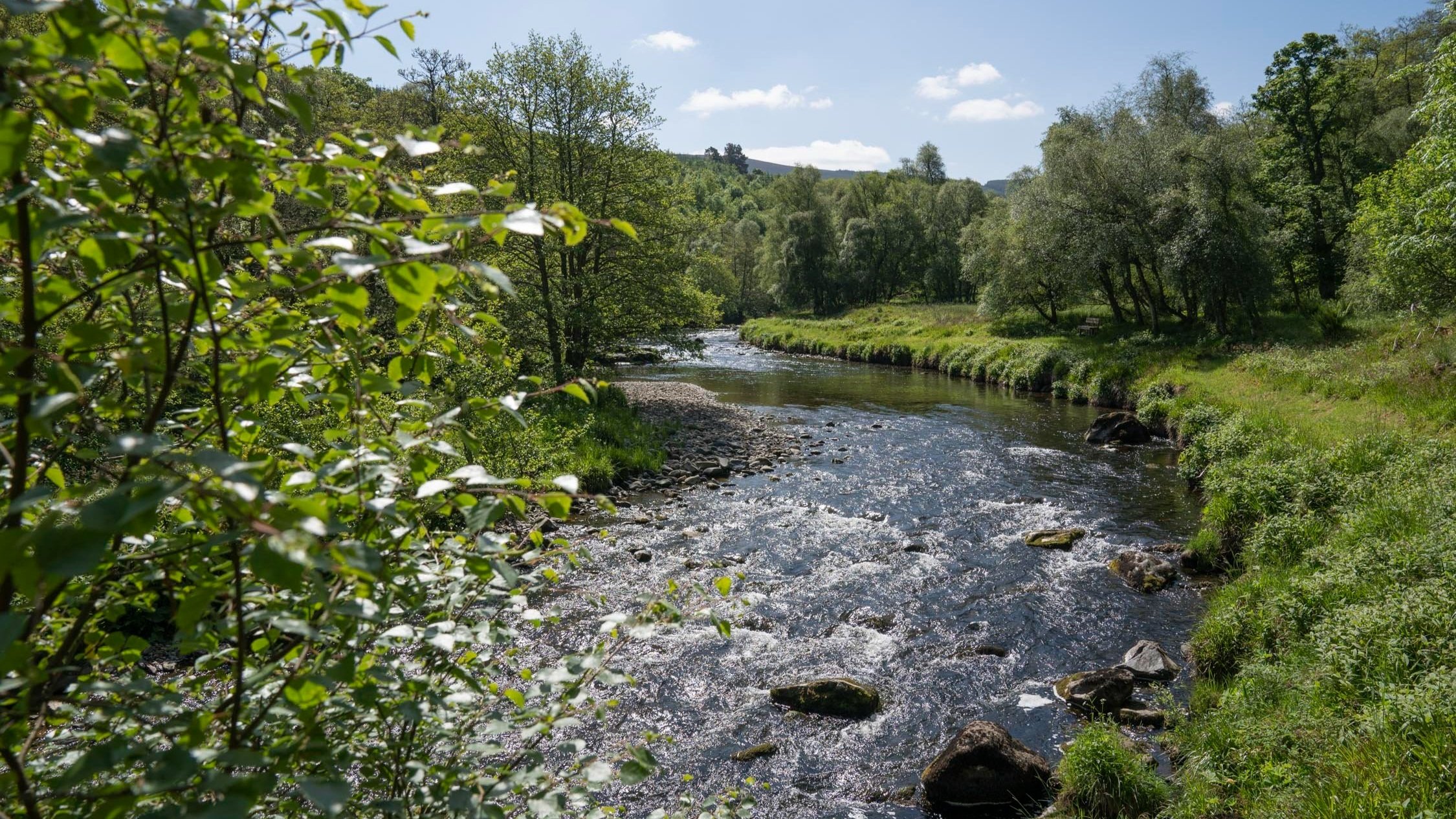Campaign Update: Tayvallich
We have the funds available with which to acquire Tayvallich
We have had an exciting and hugely encouraging campaign so far, and will be extending our financing campaign into March and April, now that we can offer confidence in our effort to buy the jewel that is Tayvallich.
To best explain our position and plans for the these next two months we would like to share with you all an abridged version of the speech Jeremy gave yesterday at Balmoral:
"The world got lucky in December last year. Nearly 200 governments agreed a treaty to turn biodiversity collapse around. The Kunming-Montreal treaty, and the Paris treaty of 2015 aiming to tackle climate meltdown, are the basis on which we all now have to fight the twin, self-imposed, monsters we have created in nature.
Why would so many governments, despite all their differences, agree these treaties, with all the system changes they entail in economies? Because they are responding to warnings from scientists, all over the world, that the twin threats are existential. If biodiversity continues to collapse, and climate continues to melt down, we keep sliding towards an unliveable world. In that world, social cohesion becomes impossible.
Tackling these monsters will require massive investment. Not new money, but the switching of enormous capital flows from ruinous end uses to nature restoration, and to nature-positive pathways to net zero.
In the UK’s case, the Green Finance Institute estimates that nearly £100 billion will be needed over the next ten years. Scotland’s share of that is some £20 billion. That is an Everest of a target. Those of us trying to assault the summit are not even in the foothills yet.
The main source of sums this big has to be the financial institutions: investment funds, pension funds, insurance companies and the like. They control trillions of pounds, and sadly - as things stand - a good deal of that is still invested in activities that fuel the twin monsters.
At Highlands Rewilding, we dream of playing a lead role in the great diversion of investment from ruin to restoration.
This is how we are going about it. Our purpose is nature recovery and community prosperity through rewilding taken to scale in Scotland and later beyond. We plan to scale vertically by adding to our portfolio of land under management for nature protection and restoration, currently consisting of the Bunloit estate in Inverness-shire and the Beldorney estate in Aberdeenshire. We plan to scale horizontally by using our in-house scientific firepower in a data-driven land-management service offering, on a win-win basis, to fellow landowners.
We will be three years old in a few week's time, and currently, we are running our first fundraising round for scaling. Our first target for vertical scaling has been the magnificent Tayvallich Estate in Argyllshire. This is an estate that has been well cared for by its current and past owners, and where NatureScot tell us we would have a wonderful opportunity, in particular, to extend the iconic temperate rainforest and sequester carbon offshore in kelp and seagrass. Our deadline for raising the cash to buy Tayvallich is today. I will tell you the result of that race shortly, in context.
The context is this, as we see it. Our efforts are about much more than one progressive company trying to grow. Given the existential nature of the threats, and the fact that no financial institution has yet placed a major investment in nature recovery, a towering question arises. It is actually whether or not capitalism has a survival reflex.
Personally, I believe it will prove to have one, and I set up Highlands Rewilding in large part to try and help in the global effort to trigger it.
So how are we doing?
Let us classify the capital we are seeking, in our litmus test, into three kinds. The first is equity from citizen rewilders, via crowdfunding. The second is equity from the all-important financial institutions. The third is the rest. This includes equity from investors of the kind who invested £7.6 million in our start-phase round, our 50 Founding Funders: affluent rewilding enthusiasts, family offices, foundations, trusts and forward-looking companies. This time we are trying to raise at least double that. If we succeed, we will be an expeditionary force probing into the foothills of that finance-for-nature Everest.
First, our crowdfunding. While the sums raised are unlikely to exceed 7 figures, this experiment is vital to our model, because it is the route for citizen rewilders investing small sums to co-own land for rewilding alongside the bigger investors. This approach, we have found, tends to win approval in communities, in government, and among the bigger investors too. It is far from everyone’s cup of tea, but our experience is that it is popular enough, across the stakeholder spectrum, to have a good chance of succeeding.
Our campaign has gone better than we dared hope. As of today, more than 500 new investors have joined our founding 50, 40% of them living in Scotland. The initial target of £500,000 we passed early on, and we now stand 82% of the way to a stretch target of £1,000,000, at £820,000. This success has surprised us. We embarked on the campaign with trepidation, well aware of the cost-of-living crisis. I think the result gives a feel for how people long to see biodiversity collapse and climate meltdown turned around.
The second type of finance involves our effort to attract the first major investments from investment funds, pension funds, and insurance companies. Here we have tried and failed. This time. Several of the funds that we courted told us some version of “you have made great progress; we know there will be a growth market in nature recovery, but please come back in 6 to 12 months.”
We will be back, and when we do our case will be even stronger. We will also live in hope that the Scottish government can make the high integrity policy route to rewarding biodiversity uplift clearer by then. If we and the policymakers can make good progress in the year to come, one of the strengths of the Highlands Rewilding model will come into play. Fund managers have told us that our mass ownership works well for them, because of the element of social licence it brings. Stated another way, the more that citizen rewilders invest at the £50 to £100 level, the more the financial institutions are likely to invest at the £50 million to £100 million level.
The third category of finance is the rest. Here we have succeeded. I can announce that we have the funds available with which to acquire Tayvallich, and are intent on closure by the end of March. The details will be made public in due course.
At Highlands Rewilding, the team is looking forward to many aspects of the work we will be able to do on Tayvallich. The rich tapestry of habitats onshore and offshore will provide fertile ground for our data acquisition and processing, and natural-capital verification science. The many activities we will be able to pursue with the local community will give us the chance to create an exemplar of community-company synergy. The directors are actively considering how to enshrine public integrity principles with ethical private interests in the board’s charter.
We are extending our financing campaign into March and April, in both crowdfunding and founding-funder type investment. This is in order to fully test investor sentiment now that we can offer confidence in our effort to buy the jewel that is Tayvallich. We will explain just how much that acquisition strengthens our business case in a revised business plan in urgent preparation.
We invite investors of all kinds to join us, during this extended campaign. We are not setting an upper limit on the funds we seek, because the more we raise the more we can scale nature recovery and community prosperity.
As for the investment funds, pension funds and insurance companies, we will be back. We probably have little hope of persuading you that the biggest risk you face is doing nothing to invest in nature recovery, and thereby living to see an unliveable world. But we can hope to persuade you with our pure business case for investment, as it grows stronger with the progress we will continue to make on Bunloit, Beldorney and now on Tayvallich."
Don't invest unless you're prepared to lose all the money you invest. This is a high-risk investment and you are unlikely to be protected if something goes wrong. Take 2 minutes to learn more. Approver: ShareIn FRN 603332 [27/02/2023].



